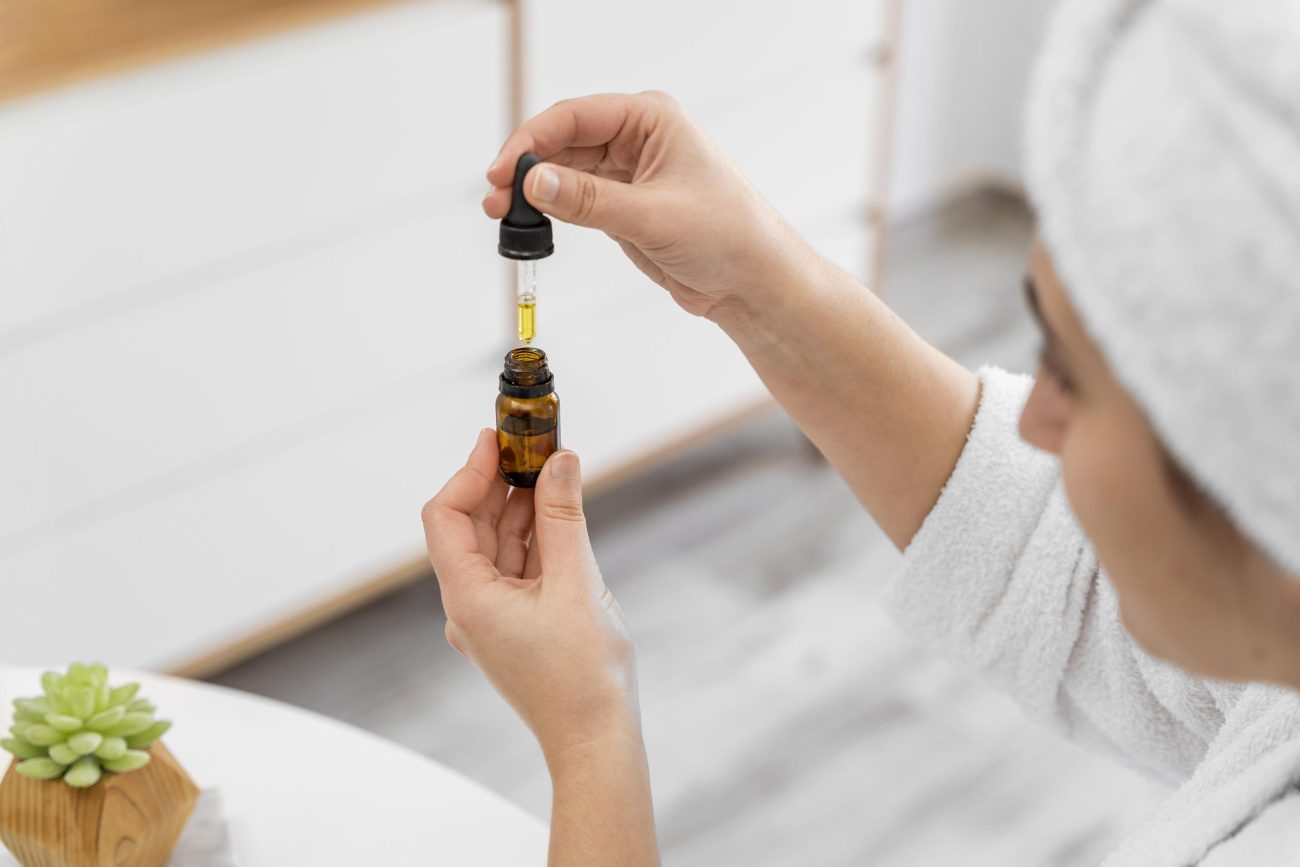Sunblock vs Sunscreen
Sunblock vs Sunscreen Sunscreen should be your one must-have item at the beach. While stocking up on supplies at the drugstore, you may have noticed that there are two distinct kinds of UV protection: sunscreen and sunblock. Where
Sunblock vs Sunscreen
Sunscreen should be your one must-have item at the beach.
While stocking up on supplies at the drugstore, you may have noticed that there are two distinct kinds of UV protection: sunscreen and sunblock.
Where do they vary, and which is preferable?
Dermatologists assist us in interpreting the fine print and understanding the advantages and disadvantages.
Comparison of sunscreen and sunblock for newcomers
To protect the skin from harmful ultraviolet radiation, sunscreens use a chemical reaction involving organic molecules such octyl methoxycinnamate, octyl salicylate, and ecamsule.
Sunblock, on the other hand, has physical barriers to UV rays from minerals like titanium dioxide and zinc oxide.
Therefore, the primary distinction between sunscreen and sunblock is the mechanism by which they shield the skin from UV rays.
Sunscreens include chemicals that absorb UV rays before they may damage your skin, whereas sunblocks block them physically.
Both sunscreen and sunblock are applied in slightly different ways.
Sunscreen is only effective when it penetrates the skin, therefore it’s important to apply it and rub it in well.
Applying sunblock will suffice, as it creates a physical barrier against the sun. It is important to apply sunblock evenly, as even the tiniest areas of exposed skin can be damaged by the sun’s ultraviolet rays.
Contrary to sunscreen, which blends in fully, sunblock leaves a white cast on the skin unless it is massaged in.
Sunscreens, in general, work to block the more damaging UVA radiation.
Sunblocks, on the other hand, are made specifically to protect against UVB rays, the harmful variety that result in sunburn.
Many sunblocks and sunscreens, however, serve dual purposes by protecting against both sunburn and the ageing effects of sun exposure.
Do sunblocks and sunscreens have any adverse effects?
When applied properly, sunscreen should have few negative effects. If you have sensitive skin, it’s even more crucial that you find the proper product for your skin.
“Just like with anything applied to the skin, there is the potential of irritation or skin reaction.”
Dermatologist warns that some sunscreens can exacerbate acne since they contain oil. Some people can sting or make you itch, so be careful if you have sensitive skin.
Is sunblock more effective than sunscreen?
Dr. Psomadakis notes that there are benefits and drawbacks to using both types of sun protection.
Because some of the components in chemical sunscreen could cause irritation or an allergic reaction, she suggests sunblock for persons with sensitive skin or skin disorders.
The best sunblock is the kind that you’ll really use, so choose wisely.
Sunblock wins Dr. Klein’s approval because it contains no irritating chemicals.
She emphasizes that people with the most sensitive skin types can use physical sunscreens because they sit on top of the skin.
An SPF number can be found on every bottle of sunscreen or sunblock (Sun Protection Factor).
A minimum of SPF 30 is recommended by the American Academy of Dermatology in order to protect against 97% of UVB radiation.
Keep in mind that higher SPF values do provide some additional protection from UVB radiation, but no sunscreen provides complete protection.
Selecting Appropriate Sunscreen
Both sunscreen and sunblock offer superior defence against the sun.
No preference has been expressed by the American Academy of Dermatology (AAD) for one over the other.
You should pick one that includes the following features:
- Including a large variety of frequencies (protects against UVA and UVB rays)
- Sunscreen with a minimum of 30 SPF
- Defense against wetness
- Tanning, premature ageing, and sunburn can all be avoided with the use of broad-spectrum sunblocks and sunscreens.
Keep applying the sunscreen evenly and regularly. When used properly, sunscreen and sunblock can prevent skin damage.
One hundred and one Brazilian women were surveyed on how much sunscreen (SPF 30–45) they actually put on their faces.
The researchers then determined, based on how the items were applied, how much protection the women had from UV rays.
The women were not protected by the sunscreens since they were not applied properly.
As a quick recap
Both sunscreen and sunblock serve to shield one from the sun’s harmful rays. They use different chemicals and have distinct effects when applied.
In the absence of a known allergy, any reliable product will do. Make sure the items are “wide spectrum,” have an SPF of 30 or higher, and can withstand water by checking the labels.
TAKEWAY
Always remember to apply sunscreen to the tops of your ears, scalp, and hands, as these are areas that are often overlooked.
Even if it doesn’t look like it will be sunny, you should always use sunscreen and get routine checkups with a dermatologist.
Consult your doctor or other medical professional for advice on the best sunscreen or sunblock to use. They could possibly advise you or propose so
It’s important to read the label carefully before using a sun protection product because many of them contain both sunscreen and sunblock.
Try to find products that offer broad-spectrum protection, can withstand water, and have an SPF of at least 30.
You should stay away from any cosmetics that contain components you know could cause skin irritation.



